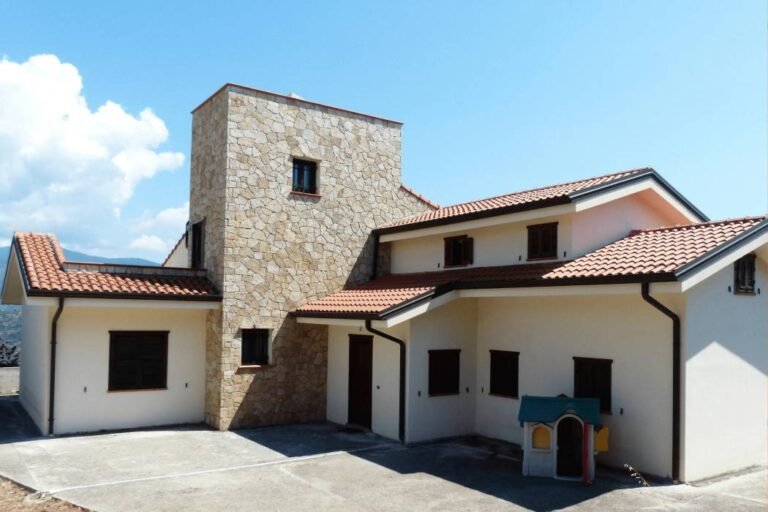Heated floors, also known as radiant floor heating, are a system where either electric wires or hot water pipes are placed under the floor to warm a room. The heat radiates upward, creating a cozy and even warmth throughout the space. While this heating method is considered luxurious and highly comfortable, it has both benefits and drawbacks that homeowners should think about before deciding to install it.
Pros of Heated Floors
1. Even Heating
One of the best features of radiant floor heating is how evenly it heats a room. Unlike forced-air systems, which blow warm air through vents and leave certain parts of the room warmer than others, radiant heating keeps the entire floor—and by extension, the room—at a consistent temperature. This leads to a more comfortable environment, as there are no cold drafts, and your whole body feels the warmth equally.
2. No Maintenance
Radiant floor heating systems are known for their low maintenance. Once they’re installed, they can last over 20 years without needing repairs. If installed correctly, issues are rare, and even if a problem occurs during installation, it can be easily fixed with a thermal imaging camera. For electric systems, companies like WarmlyYours offer long warranties—up to 25 years.
3. Quiet Operation
If you’ve ever been distracted by the loud noise of a furnace kicking on, radiant floor heating might be a welcome change. These systems are completely silent because they don’t rely on air being pushed through vents. This makes for a peaceful, quiet home environment.
4. Good for Allergies
Radiant floor heating doesn’t move air around like traditional heating systems. This means it doesn’t blow dust, pollen, or other allergens throughout your home, which is a big plus for anyone with allergies or asthma.
5. Energy Efficiency
Radiant heating is one of the most energy-efficient ways to heat your home. Because it heats the entire floor evenly, there’s no need to overheat the room to get rid of cold spots. It’s also more efficient because it doesn’t lose heat through ductwork, as forced-air systems often do. You can control the temperature with a smart thermostat, so the heating system only runs when needed, saving energy and lowering your utility bills. In a small room like a bathroom, running a radiant heating system may cost less than a dollar per day.
6. Easy Installation
Electric radiant floor heating systems are relatively easy to install, and a handy DIY homeowner can often manage the task. These systems come in rolls with wires attached to a mesh mat, making them simple to lay out. For those who prefer professional help, it’s a straightforward project for contractors, too. However, hydronic systems, which use hot water pipes, are much more complex and should be installed by professionals.
7. Design Freedom
Since radiant floor heating systems are hidden beneath the floor, you don’t have to worry about radiators or vents taking up space or limiting your design choices. This allows for more flexibility in arranging furniture and decorating your home.
Cons of Heated Floors
1. High Installation Costs
One of the biggest downsides of heated floors is the upfront cost. Electric systems typically cost between $10 to $20 per square foot to install. Hydronic systems, which require boilers, pumps, and gas lines, are even more expensive, sometimes costing two to three times as much. You may also need to hire electricians, plumbers, and flooring experts to install the system, which can add to the overall price.
2. Requires Flooring Replacement
To install radiant floor heating, you’ll need to replace your existing flooring. This is because the heating system must be laid underneath the new floor. While tile is the most popular choice for heated floors due to its excellent heat conductivity, other options like laminate, hardwood, and vinyl can also work.
3. Slightly Raises the Floor Height
Installing heated floors will raise the height of your flooring by a small amount, usually around an inch or less, depending on the system. While this may not be an issue for most people, it could create problems with doors that swing into the room or other elements that rely on the original floor height.
4. Can Increase Energy Bills
Although radiant heating is energy-efficient, using an electric system can still cause a noticeable spike in your electricity bill, especially if you install it throughout your home. Hydronic systems, which use water heated by a boiler, can be cheaper to operate in larger spaces, but they still come with higher upfront costs.
5. Inconvenient Installation Process
Installing radiant floor heating isn’t a quick job. For electric systems, a self-leveling compound is often needed on top of the heating mats, which has to dry before flooring can be laid. This can take a few days, causing some disruption to your routine. Hydronic systems are even more complicated and take longer to install, especially if you’re retrofitting an existing home. For this reason, many people choose to install heated floors during major renovations or new construction projects.






